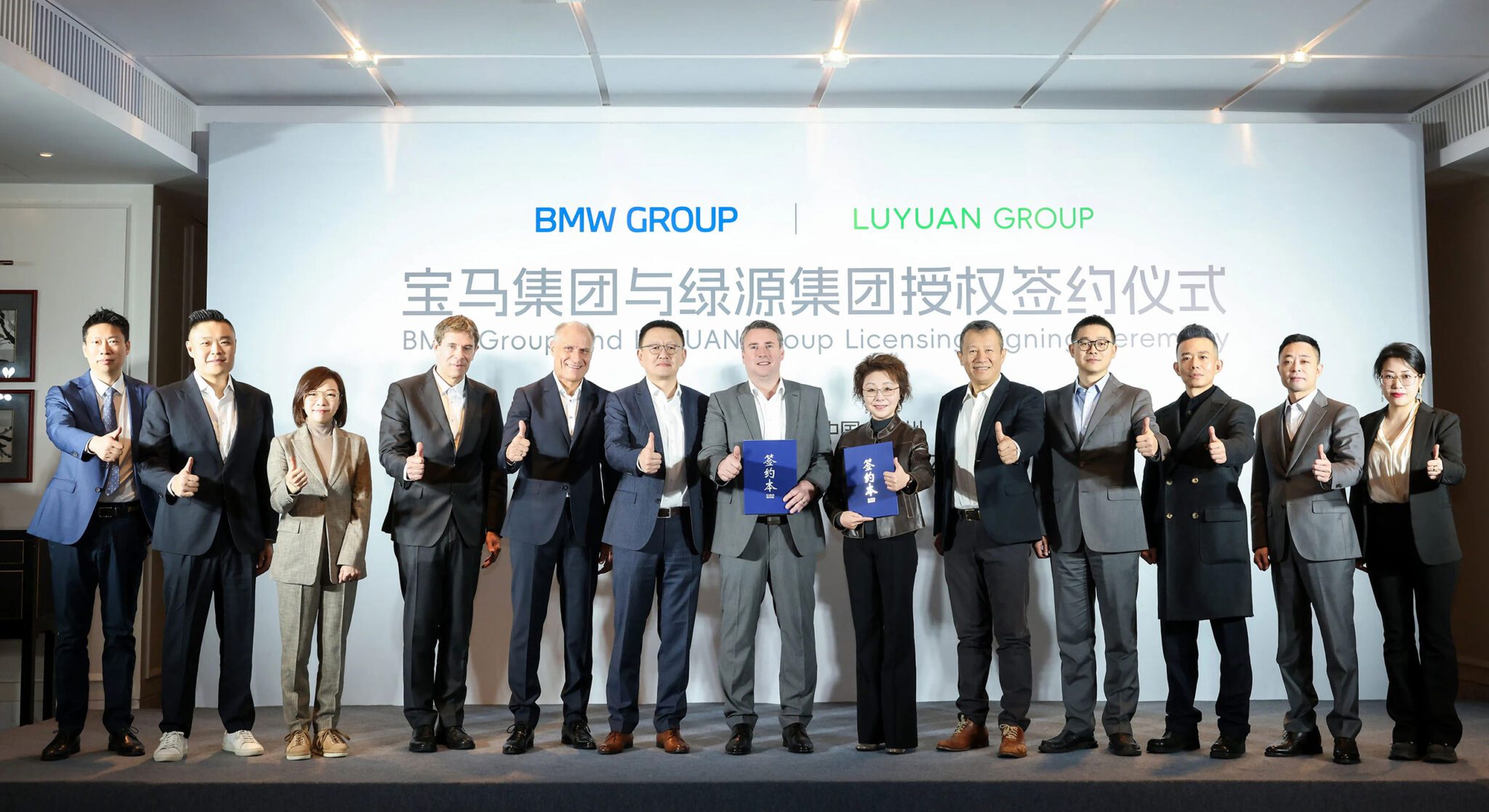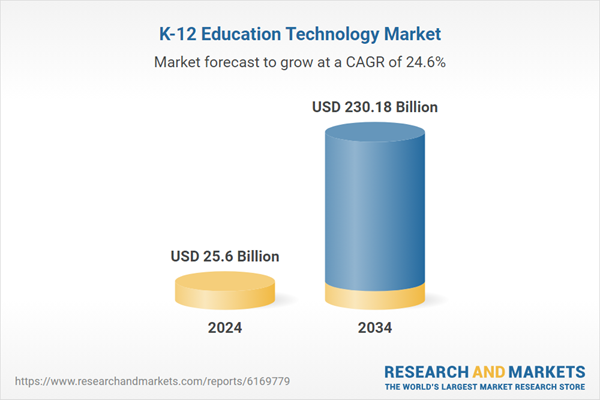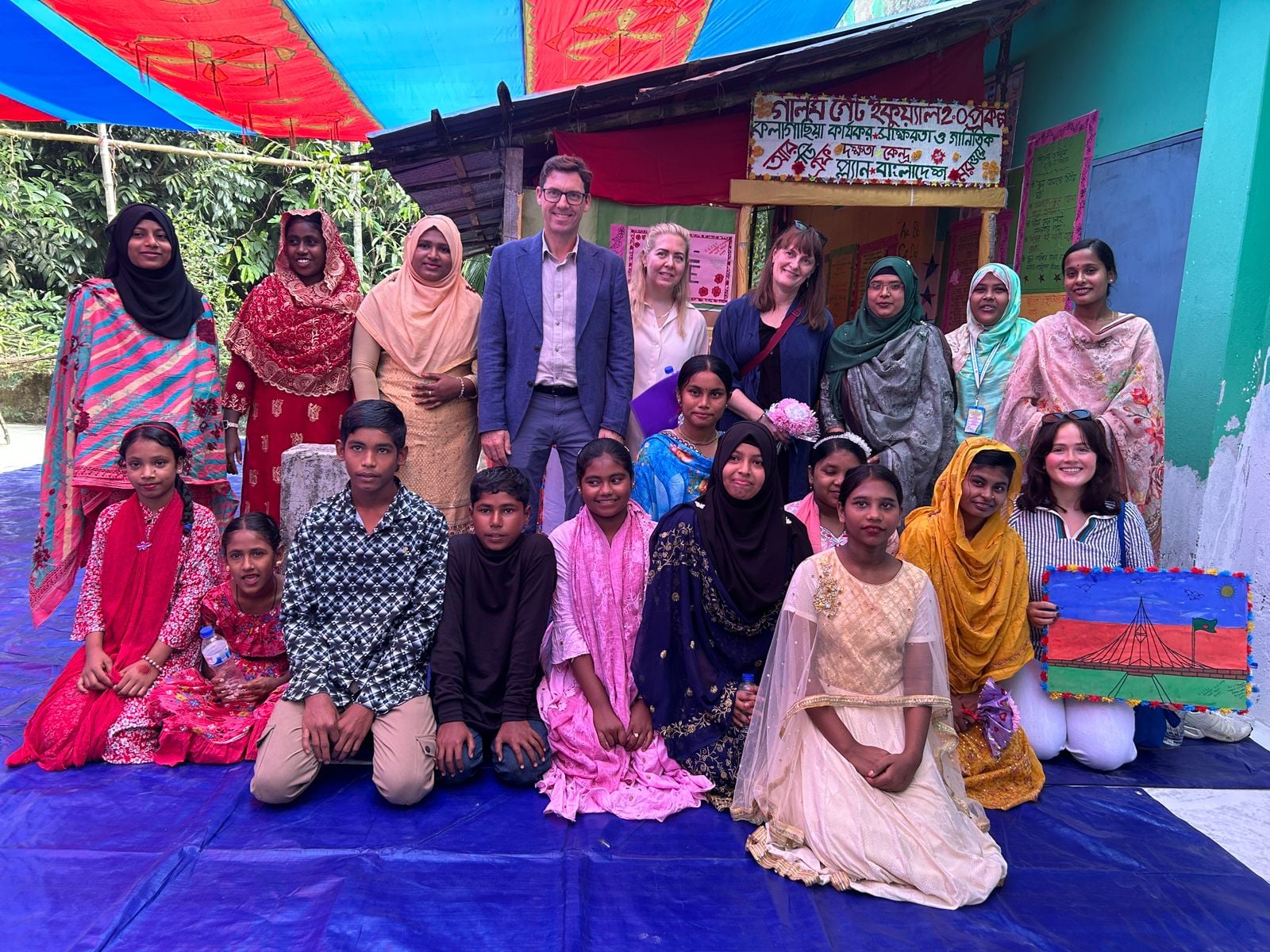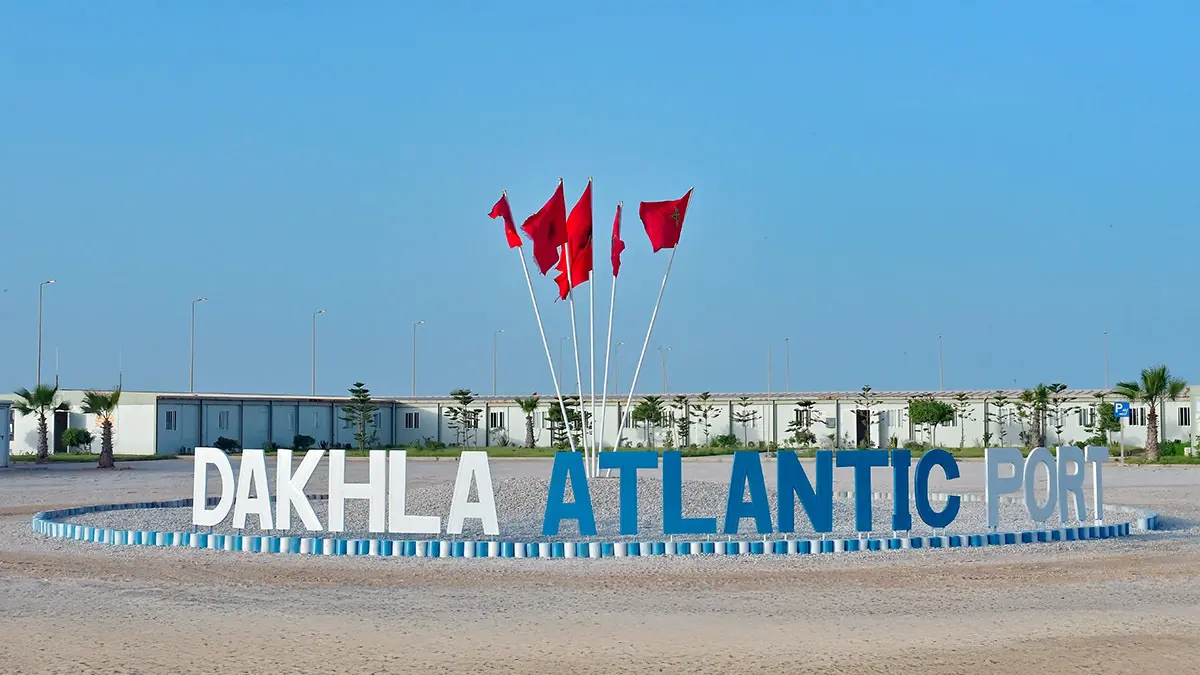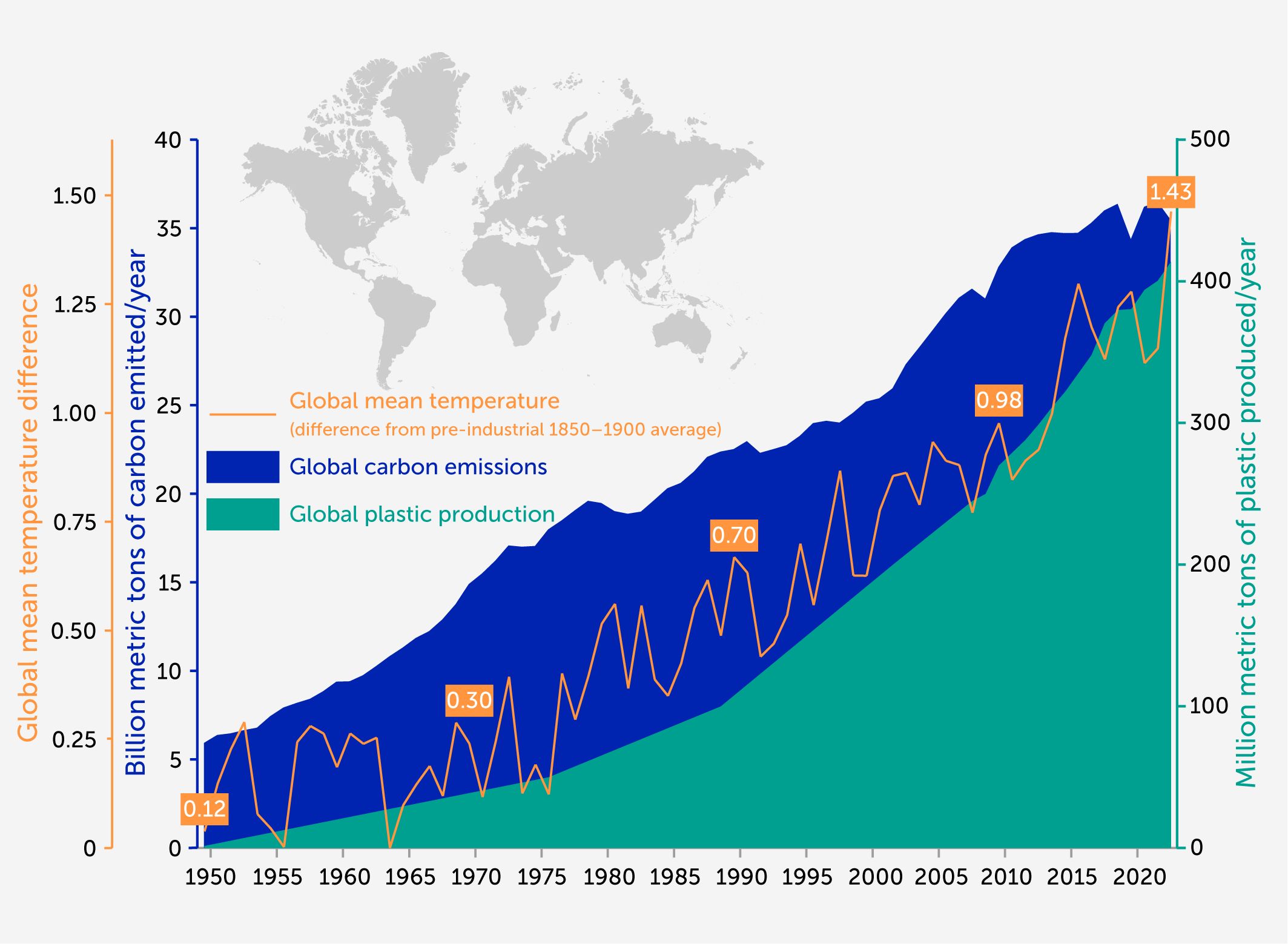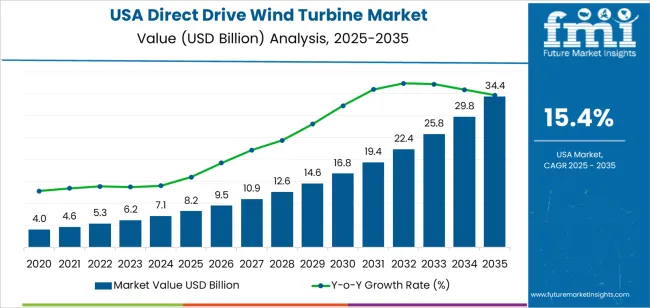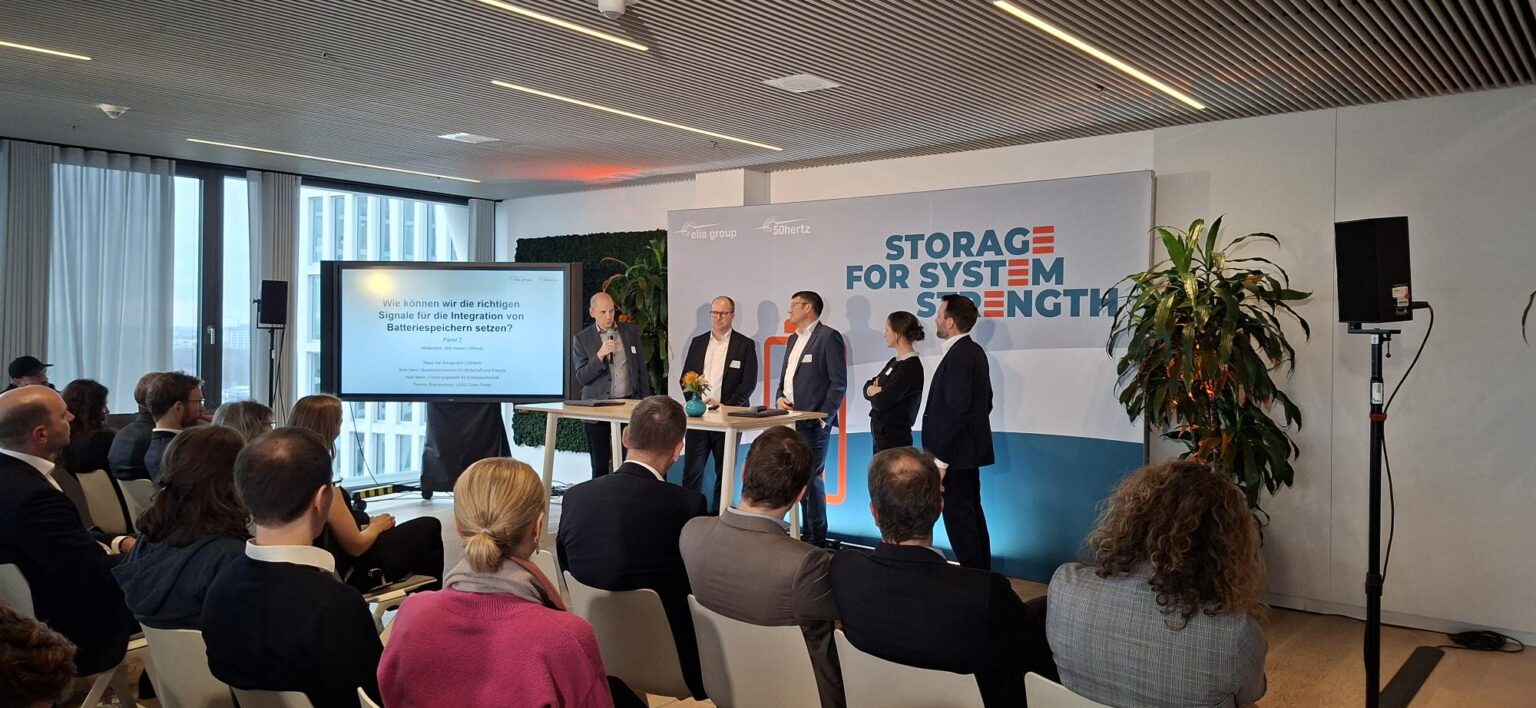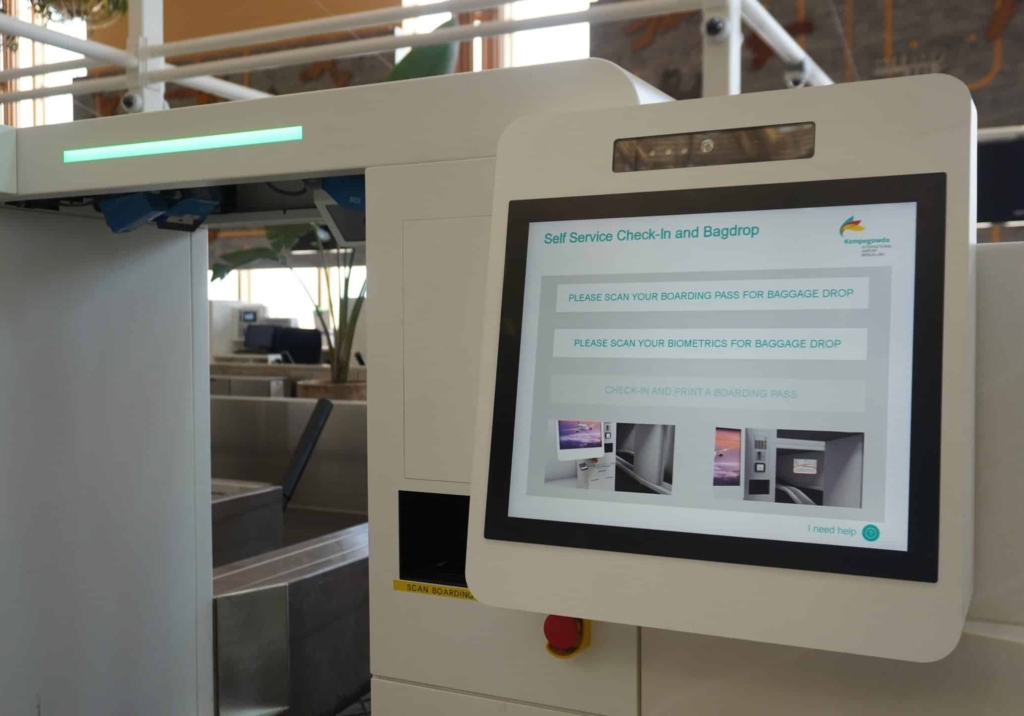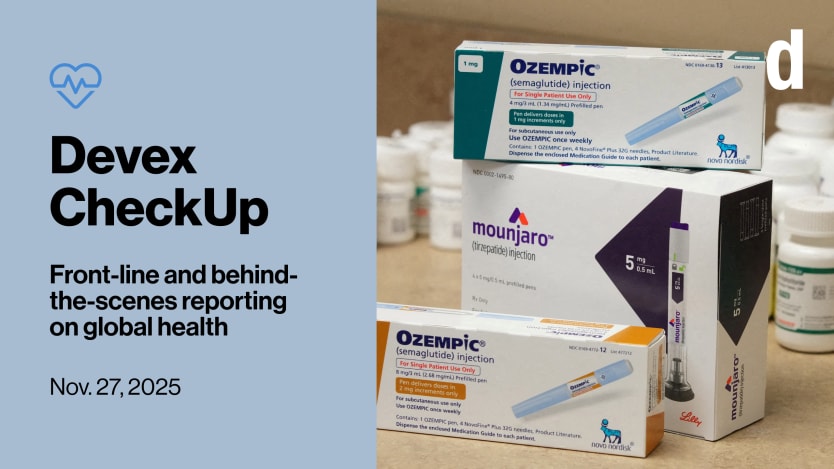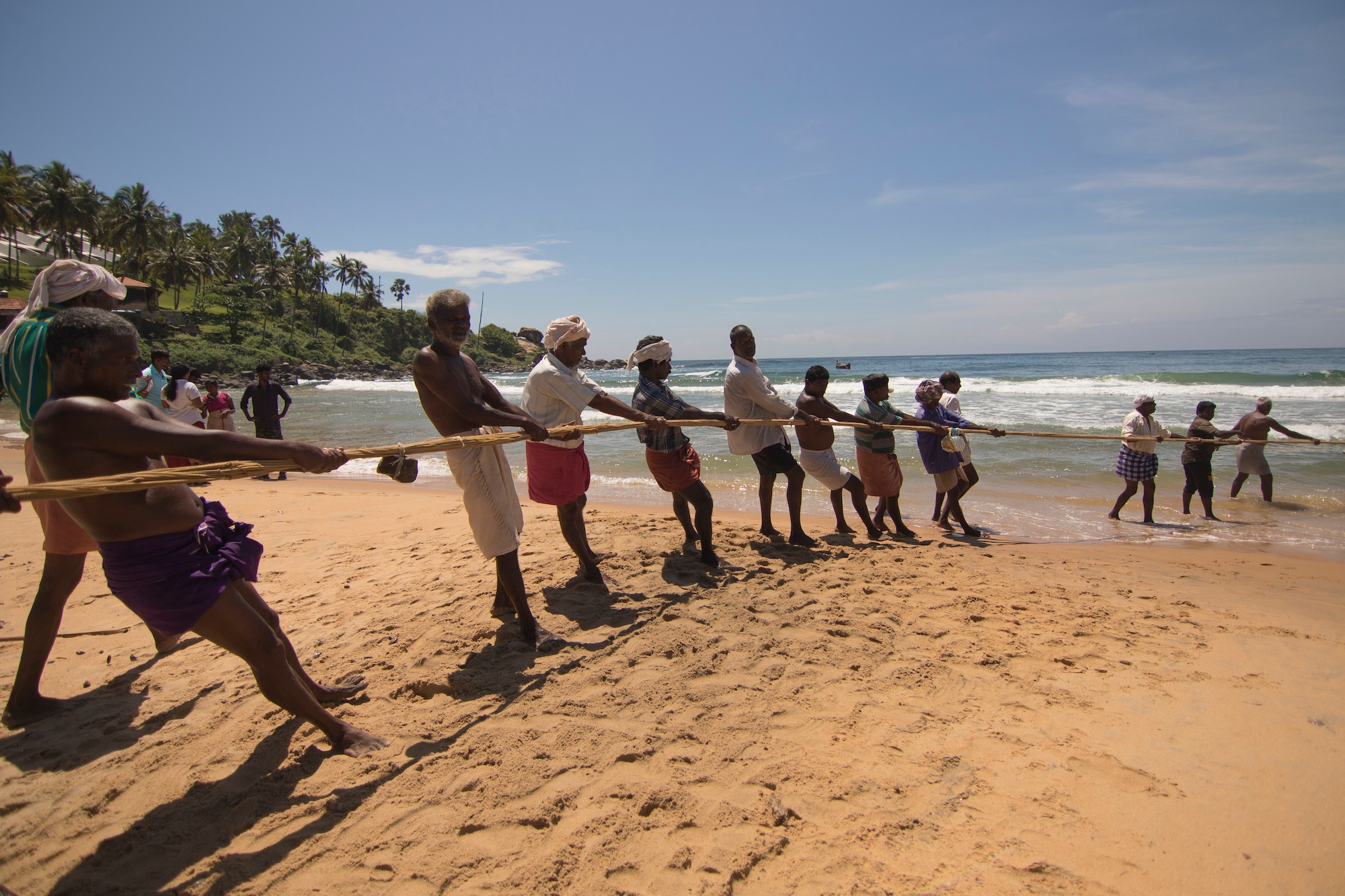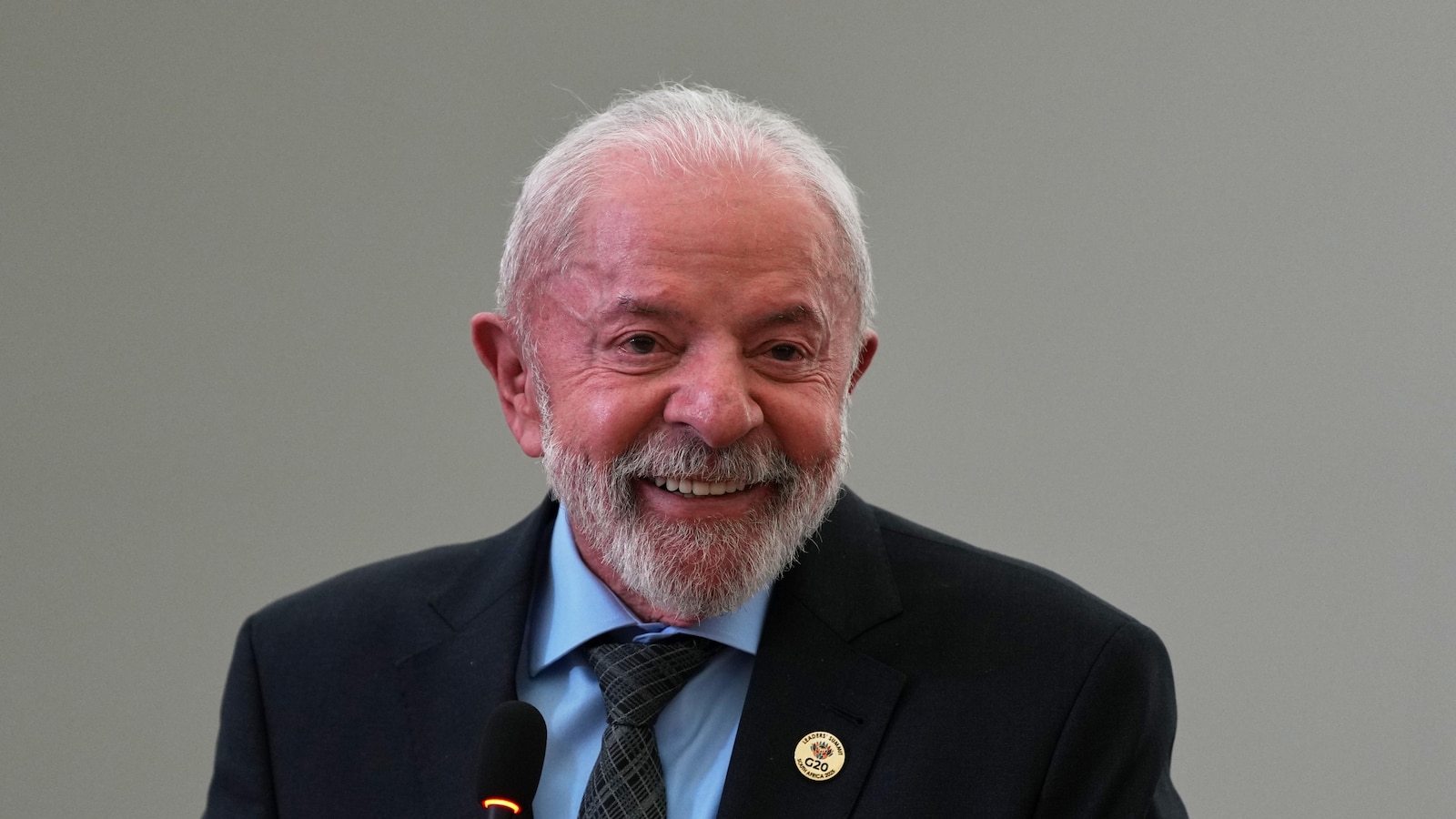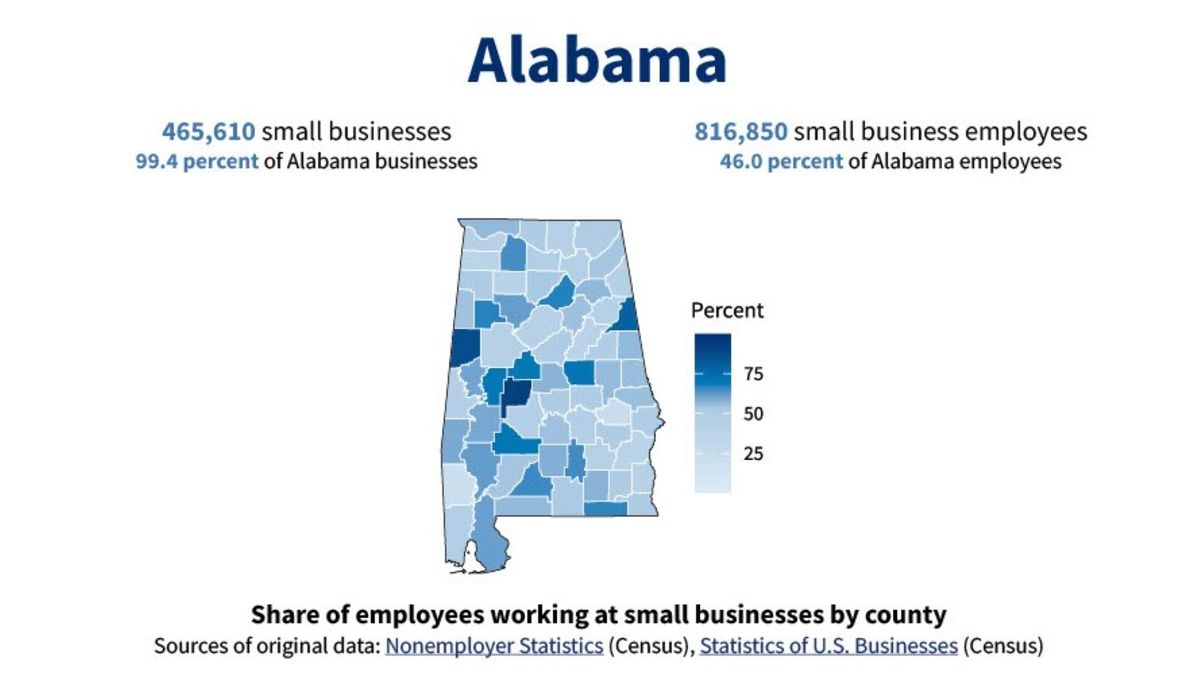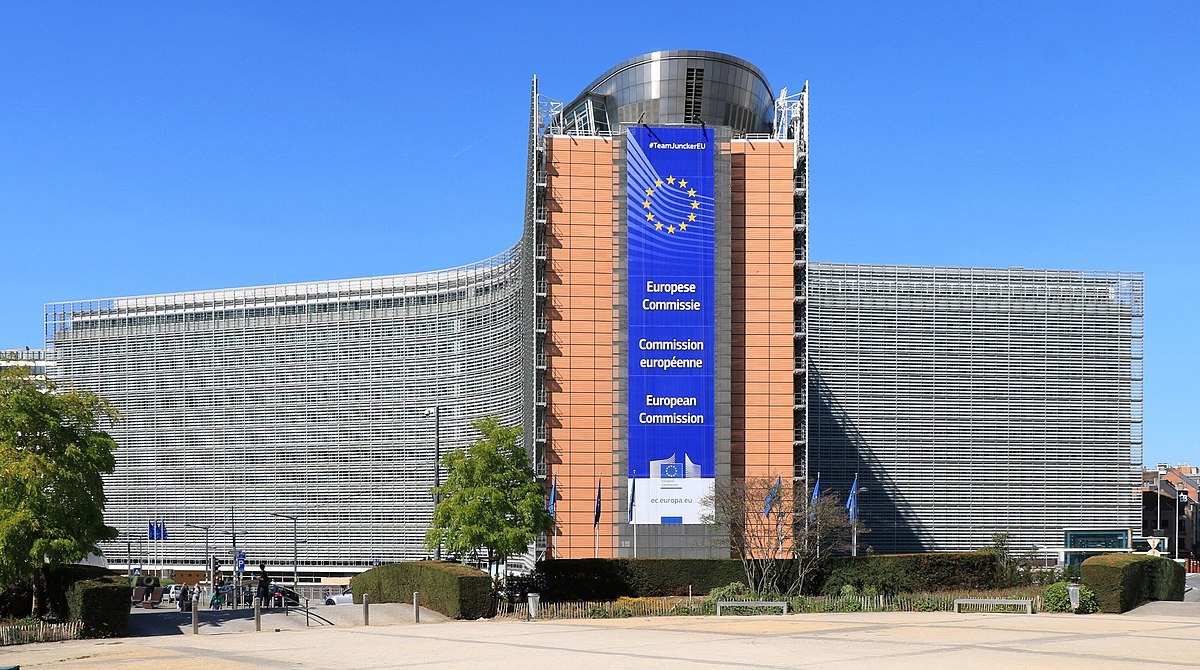Governor Moore Joins TidalHealth for Salisbury Clinic Opening, Expanding Access to Health Care in Rural Communities – Office of Governor Wes Moore (.gov)
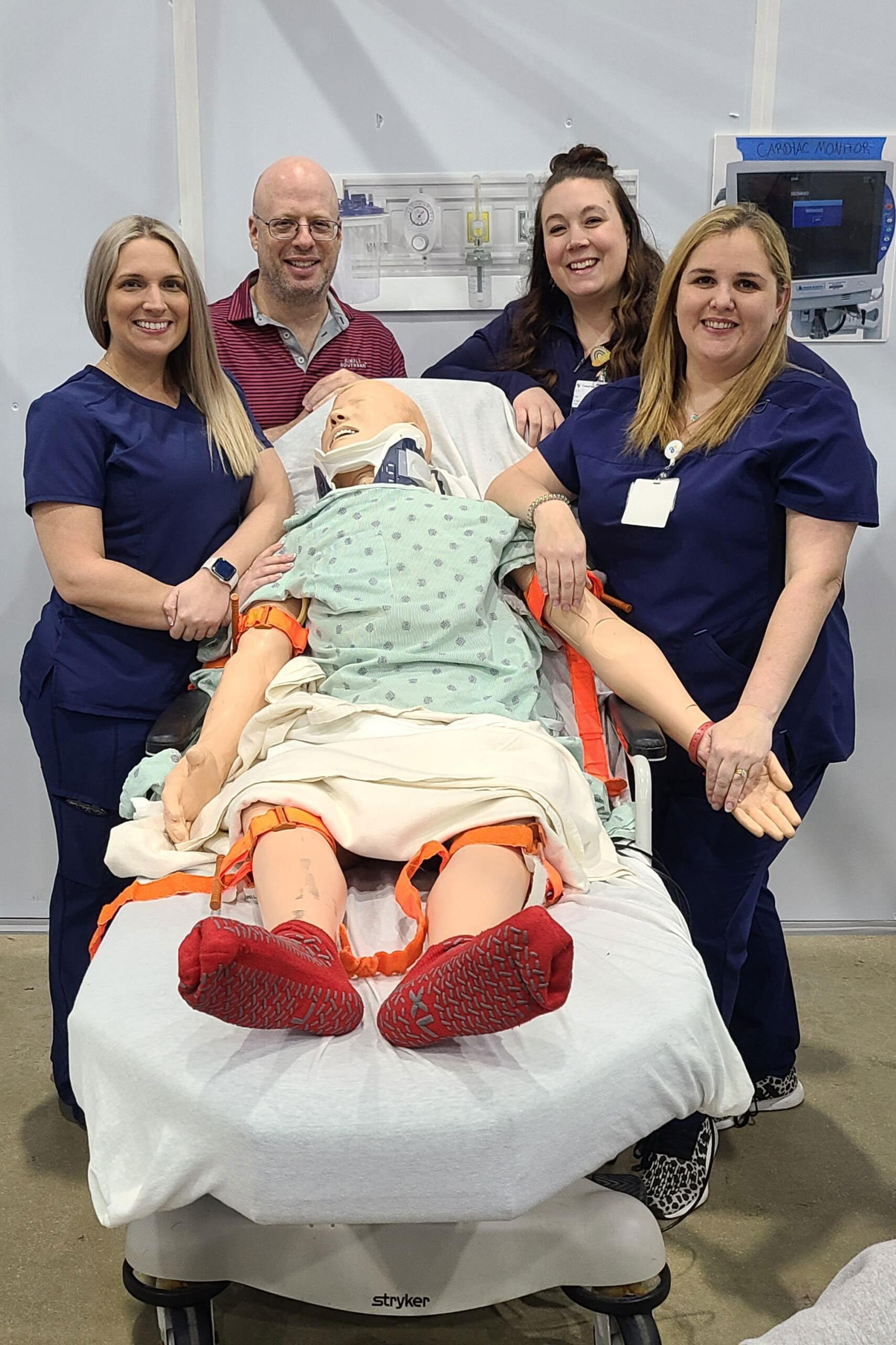
Report on the Inauguration of the Edward Q. Wilgus Community Clinic and its Contribution to Sustainable Development Goals
Executive Summary
The inauguration of the Edward Q. Wilgus Community Clinic by TidalHealth in Salisbury, Maryland, marks a significant advancement in achieving key Sustainable Development Goals (SDGs). This initiative, supported by state government, directly addresses SDG 3 (Good Health and Well-being), SDG 10 (Reduced Inequalities), and SDG 8 (Decent Work and Economic Growth) by expanding healthcare access in a historically underserved rural community.
Alignment with SDG 3: Good Health and Well-being
The clinic is designed to ensure healthy lives and promote well-being for all by delivering comprehensive and accessible healthcare services. Its establishment is a direct contribution to achieving universal health coverage.
- Objective: To provide community-based healthcare, strengthen community health, and reduce reliance on emergency department services.
- Projected Impact: The facility is expected to manage between 12,000 and 15,000 patient visits annually.
- Services Offered:
- Full primary care services for adults
- Telehealth and behavioral health services
- Preventive screenings and blood draws
- Nutritional counseling and diabetes education
- Financial guidance and community support groups
Addressing SDG 10: Reduced Inequalities and SDG 11: Sustainable Communities
By situating the state-of-the-art facility in Salisbury’s historically disinvested east side, the project actively works to reduce health and social inequalities. This investment promotes inclusive and sustainable community development.
- Target Community: The Church Street neighborhood, an area historically lacking in investment and access to essential services.
- Governor Wes Moore’s Statement: “In Maryland, we share a simple but powerful belief – everyone deserves access to quality, affordable health care… [This] will expand access to world-class medical treatment and services for our rural communities, and advance our commitment to leave no one behind.”
- Community Revitalization: The project builds on previous public and private investments, marking a significant step in revitalizing a long-neglected neighborhood.
Fostering SDG 8: Decent Work and Economic Growth
The clinic serves as a catalyst for local economic growth and the creation of decent work opportunities within the rural healthcare sector.
- Workforce Development: The clinic is the primary location for TidalHealth’s resident physicians specializing in internal medicine, contributing to the pipeline of rural healthcare professionals.
- “SPARK” Campaign: The project is a key component of a $5 million initiative to support graduate medical education, aiming to attract and retain physicians to serve the community long-term.
- State Commitment: The initiative is part of a broader state strategy to enhance training, recruitment, and retention of healthcare providers in rural Maryland.
Demonstrating SDG 17: Partnerships for the Goals
The successful launch of the clinic exemplifies a robust multi-stakeholder partnership between public and private entities to achieve common development objectives.
- Primary Partners: The State of Maryland and Salisbury-based health system TidalHealth.
- Funding Mechanism: A $1 million grant was provided by the Maryland Department of Housing and Community Development’s Seed Community Development Anchor Institution Fund.
- Collaborative Vision: State and health system leaders emphasized a shared commitment to ensuring no community is left behind, leveraging partnerships to build a more robust continuum of care across Maryland’s rural regions.
Analysis of Sustainable Development Goals in the Article
1. Which SDGs are addressed or connected to the issues highlighted in the article?
The article highlights several issues that directly connect to the following Sustainable Development Goals (SDGs):
- SDG 3: Good Health and Well-being: The primary focus of the article is the opening of a new community clinic to provide healthcare services. This directly aligns with the goal of ensuring healthy lives and promoting well-being for all at all ages. The article explicitly states the clinic will “deliver community-based healthcare,” “strengthen community health,” and provide “full primary care services for adults, telehealth, behavioral health services, blood draws, and preventive screenings.”
- SDG 10: Reduced Inequalities: The article emphasizes that the clinic is located in “Salisbury’s historically disinvested east side” and the “Church Street neighborhood, a historically disinvested area.” This initiative aims to reduce health disparities by providing access to care for a community that has been neglected and faces “the greatest challenges obtaining it,” directly addressing the goal of reducing inequality within and among countries.
- SDG 8: Decent Work and Economic Growth: The project is noted to “contribute to the pipeline of rural healthcare jobs.” Furthermore, the associated graduate medical education program aims to “attract outstanding resident physicians” and “encourage them to plant roots and serve the community long term,” which supports sustainable local economic growth and the creation of decent jobs.
- SDG 11: Sustainable Cities and Communities: The clinic is described as a “community development project” in a “neighborhood that had long been neglected.” By providing essential services like healthcare, the project contributes to making communities more inclusive, safe, resilient, and sustainable.
- SDG 17: Partnerships for the Goals: The establishment of the clinic is a result of a collaboration between multiple entities. The article mentions the state government (Governor Wes Moore, Maryland Department of Housing and Community Development), a private health system (TidalHealth), and a foundation (TidalHealth Foundation). This public-private partnership is a key mechanism for achieving the SDGs.
2. What specific targets under those SDGs can be identified based on the article’s content?
Based on the article, the following specific SDG targets can be identified:
-
Target 3.8: Achieve universal health coverage, including financial risk protection, access to quality essential health-care services and access to safe, effective, quality and affordable essential medicines and vaccines for all.
- Explanation: The entire initiative is centered on this target. The article states the clinic will “expand access to world-class medical treatment and services for our rural communities” and offer “accessible, affordable, high-quality medical care.” The provision of “full primary care services” to a “historically disinvested” area is a direct effort to achieve universal health coverage for that community.
-
Target 3.c: Substantially increase health financing and the recruitment, development, training and retention of the health workforce in developing countries, especially in least developed countries and small island developing States.
- Explanation: While Maryland is not a developing country, the principle of strengthening the health workforce in underserved areas applies. The article details TidalHealth’s graduate medical education program, which “aims to attract outstanding resident physicians, provide them with a place to train, and ultimately encourage them to plant roots and serve the community long term.” This directly addresses the recruitment, training, and retention of healthcare professionals in a rural area.
-
Target 10.2: By 2030, empower and promote the social, economic and political inclusion of all, irrespective of age, sex, disability, race, ethnicity, origin, religion or economic or other status.
- Explanation: The project specifically targets a “historically disinvested” and “neglected” neighborhood. By providing essential healthcare services, it promotes the social inclusion of residents who previously had limited access, thereby reducing inequalities based on geographic location and economic status.
-
Target 17.17: Encourage and promote effective public, public-private and civil society partnerships, building on the experience and resourcing strategies of partnerships.
- Explanation: The project is a clear example of a multi-stakeholder partnership. It involves the Maryland state government, which provided a “$1 million grant,” TidalHealth, a private health system that operates the clinic, and the TidalHealth Foundation, which is running a “$5 million initiative” to support the project. This collaboration is essential for the project’s implementation and success.
3. Are there any indicators mentioned or implied in the article that can be used to measure progress towards the identified targets?
Yes, the article mentions or implies several indicators that can be used to measure progress:
- Indicator for Target 3.8 (Coverage of essential health services): The article explicitly states that “the clinic is expected to handle between 12,000 and 15,000 patient visits annually.” This number serves as a direct quantitative indicator of the extent of healthcare service delivery to the community. Another implied indicator is the goal to “reduce unnecessary emergency department visits,” which could be tracked to measure the clinic’s impact on community health.
- Indicator for Target 3.c (Health worker density and distribution): The success of the graduate medical education program can be measured by the number of resident physicians trained at the clinic and, more importantly, the number of those physicians who “plant roots and serve the community long term.” This retention rate is a key indicator of strengthening the local health workforce.
- Indicator for Target 17.17 (Amount of funding mobilized): The article provides specific financial figures that serve as indicators of the partnership’s resource mobilization. These include the “$1 million grant” from the Maryland Department of Housing and Community Development and the “$5 million initiative” from the TidalHealth Foundation’s “SPARK” campaign.
4. SDGs, Targets, and Indicators Summary
| SDGs | Targets | Indicators |
|---|---|---|
| SDG 3: Good Health and Well-being | Target 3.8: Achieve universal health coverage, including access to quality essential health-care services. | Number of annual patient visits (stated as “between 12,000 and 15,000”). Reduction in “unnecessary emergency department visits.” |
| SDG 3: Good Health and Well-being | Target 3.c: Substantially increase health financing and the recruitment, development, training and retention of the health workforce. | Number of resident physicians trained. Retention rate of physicians who “plant roots and serve the community long term.” |
| SDG 10: Reduced Inequalities | Target 10.2: Empower and promote the social, economic and political inclusion of all. | Provision of healthcare services to a “historically disinvested” and “neglected” community. |
| SDG 8: Decent Work and Economic Growth | Target 8.5: Achieve full and productive employment and decent work for all. | Number of “rural healthcare jobs” created. |
| SDG 11: Sustainable Cities and Communities | Target 11.1: Ensure access for all to adequate, safe and affordable housing and basic services. | Establishment of a new community clinic providing essential healthcare services in a previously neglected neighborhood. |
| SDG 17: Partnerships for the Goals | Target 17.17: Encourage and promote effective public, public-private and civil society partnerships. | Amount of funding mobilized through partnership: “$1 million grant” from the state and a “$5 million initiative” from the foundation. |
Source: governor.maryland.gov
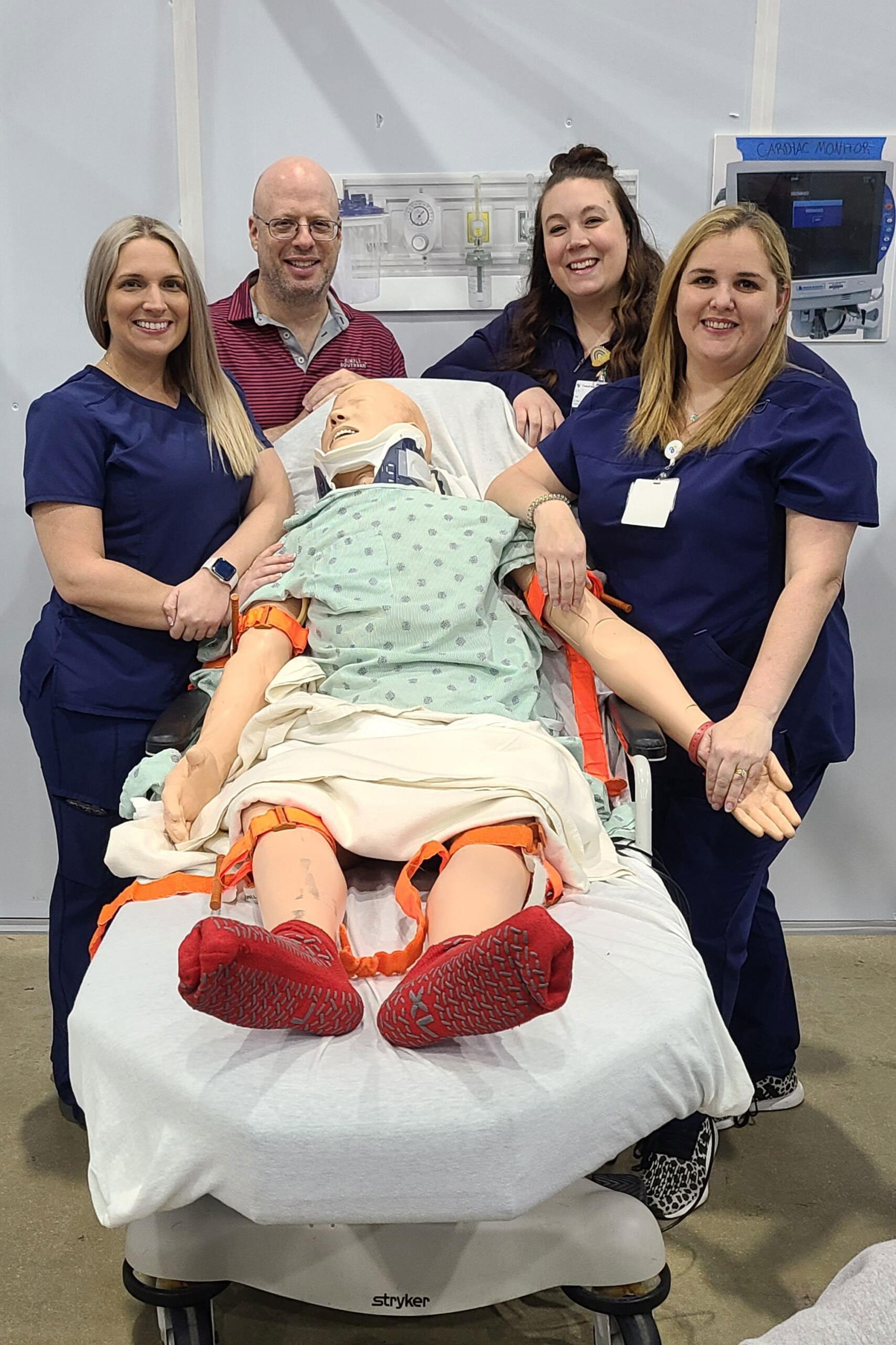
What is Your Reaction?
 Like
0
Like
0
 Dislike
0
Dislike
0
 Love
0
Love
0
 Funny
0
Funny
0
 Angry
0
Angry
0
 Sad
0
Sad
0
 Wow
0
Wow
0

